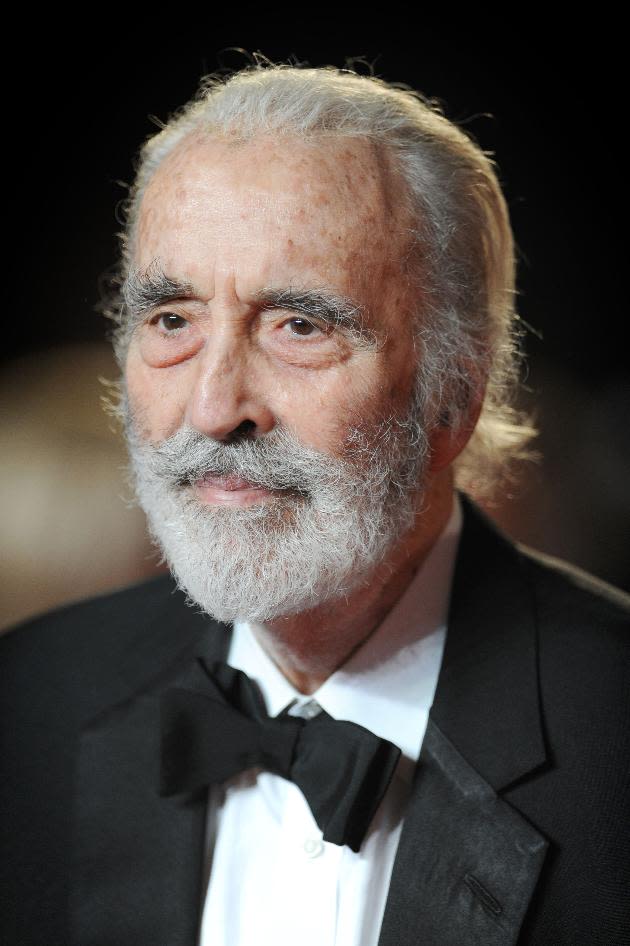
On Monday, May 18th, 2015, at a ceremony at Yale School of Music, Naxos Chairman and owner Klaus Heymann was presented with the prestigious Samuel Simons Sanford Award. Previous winners include Yo-Yo Ma, Mstislav Rostropovich, Isaac Stern, Alfred Brendel, Emanuel Ax, Marilyn Horne, Sherrill Milnes, Aaron Copland, Pierre Boulez, Sir George Solti, Eugene Ormandy, and Juilliard President Joseph Polisi.
Read More
I have known Klaus for many years – my first recording was with his wife, violinist Takako Nishizaki in 1985 – it is a collection of Chinese melodies for violin and guitar. This was first issued as an LP on HK Records and subsequently reissued on the Marco Polo label.
We recorded at the Gulbenkian Institute in Lisbon, and I have fond memories of Klaus helping to carry our bags so we wouldn’t damage our hands! I mention this because, since those days, Naxos was founded and one of the guiding lights in the selection process has been Takako.
Since then, I went on to record several CDs for Naxos and have recently produced a CD in China of the prodigy Kuang Junhong.
Naxos has gone from strength to strength and is a pioneer in the streaming of classical music via the Naxos Music Library. They now also have the ability to print CDs in smaller quantities and are establishing a classical music database.
Of course, this isn’t the first time Klaus Heymann has won an award, but he is particularly proud of this one.
Recently I was in Hong Kong, and had a chance to talk to Klaus about his latest award, his attitude to recording and digital distribution, and Naxos’ importance in the promotion of the classical guitar.








